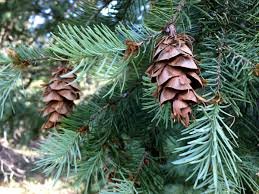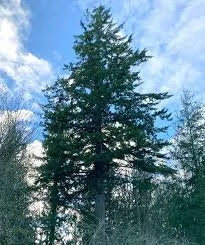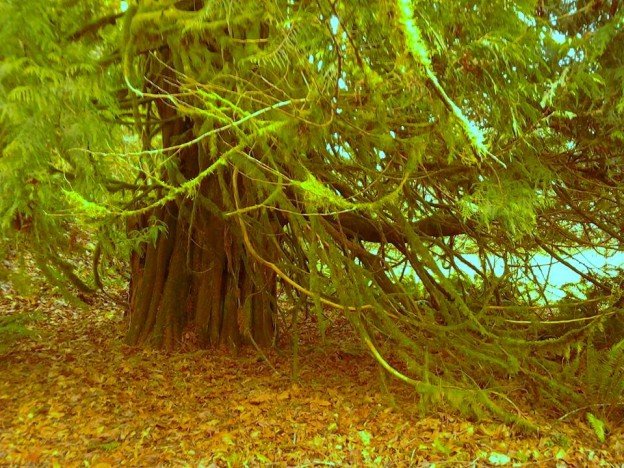 Image 1 of 3
Image 1 of 3

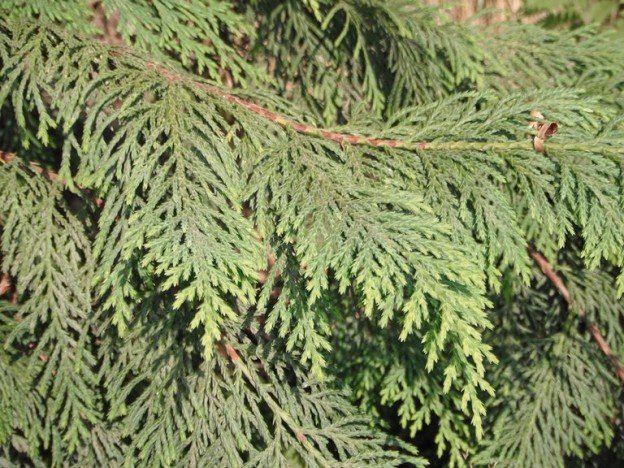 Image 2 of 3
Image 2 of 3

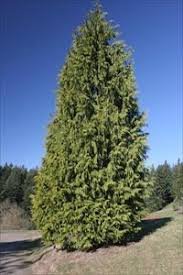 Image 3 of 3
Image 3 of 3




Western Red Cedar Tree
Western Red Cedars typically grow to 120-150 feet (35-45m); the tallest today are about 200 feet (60m) tall. The widest are about 19 feet (6m) in diameter. These old growth giants are found mostly in the old-growth coastal rainforests of the Olympic Peninsula and Vancouver Island. Some may be 1400 years old or older.
Western Red Cedar is easily recognized by its reddish or gray fibrous bark. The scale-like leaves are pressed tightly to stems, having the appearance of flattened braids in lacy sprays. The foliage has a sweet chamomile or tansy odor when crushed. Cinnamon-brown cones are small and elongated and stay attached to branches for a long period of time. Large branches emerge from the main trunk and droop downward, turning up at the ends.
Cedar bark in vertical stripes of red & gray.
Cedar bark in vertical stripes of red & gray.
Scale-like leaves are tightly compressed against the branchlets.
Scale-like leaves are tightly compressed against the branchlets.
Trees can be planted singly or in groves. They look best when lower branches are allowed to spread, drooping down to the ground and arching back up again. Western Red Cedar prefers moist to wet soils.
Western Red Cedars typically grow to 120-150 feet (35-45m); the tallest today are about 200 feet (60m) tall. The widest are about 19 feet (6m) in diameter. These old growth giants are found mostly in the old-growth coastal rainforests of the Olympic Peninsula and Vancouver Island. Some may be 1400 years old or older.
Western Red Cedar is easily recognized by its reddish or gray fibrous bark. The scale-like leaves are pressed tightly to stems, having the appearance of flattened braids in lacy sprays. The foliage has a sweet chamomile or tansy odor when crushed. Cinnamon-brown cones are small and elongated and stay attached to branches for a long period of time. Large branches emerge from the main trunk and droop downward, turning up at the ends.
Cedar bark in vertical stripes of red & gray.
Cedar bark in vertical stripes of red & gray.
Scale-like leaves are tightly compressed against the branchlets.
Scale-like leaves are tightly compressed against the branchlets.
Trees can be planted singly or in groves. They look best when lower branches are allowed to spread, drooping down to the ground and arching back up again. Western Red Cedar prefers moist to wet soils.


